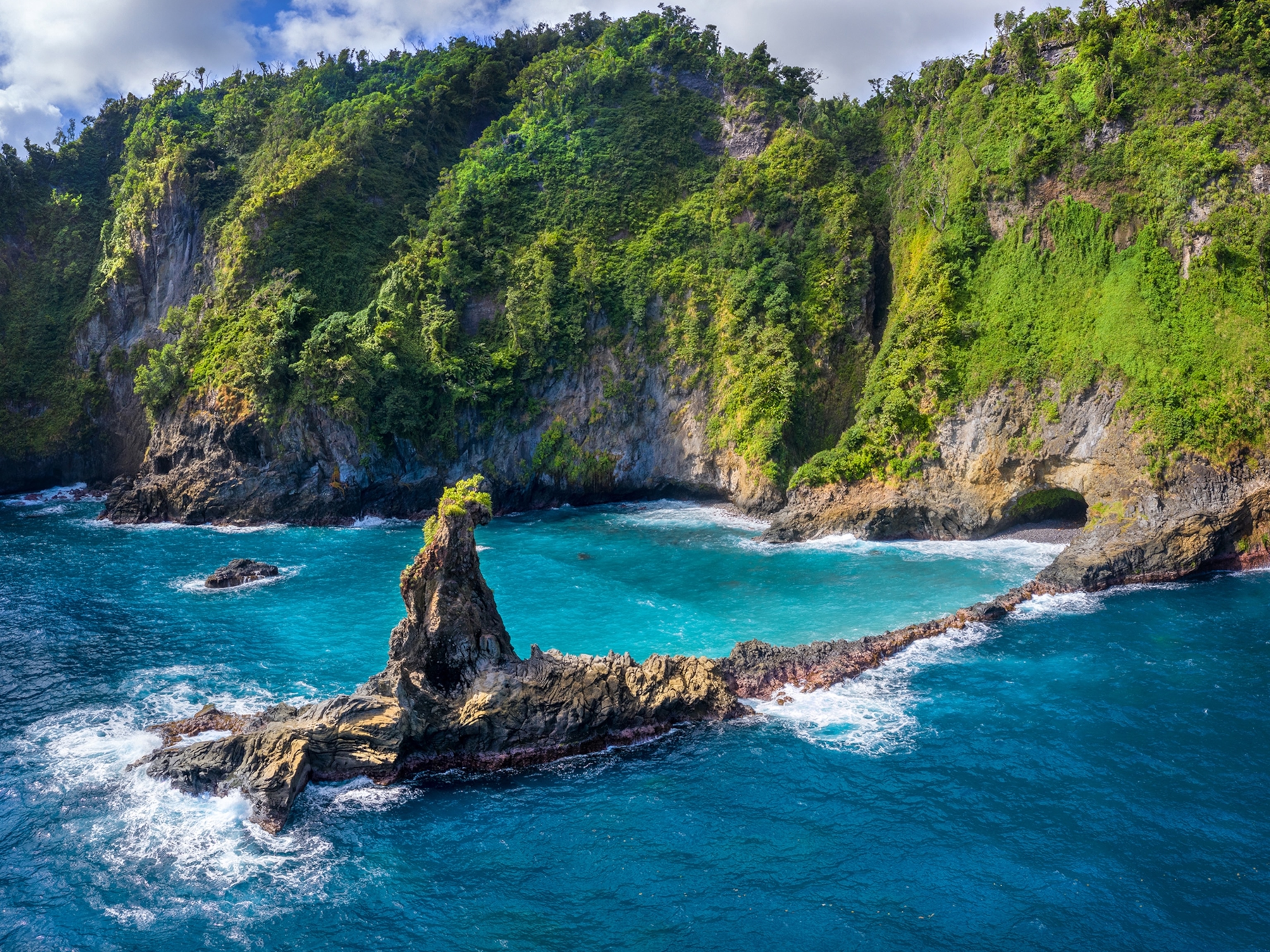Video: Giant Undersea Volcano Revealed
See the first footage of one of the world's largest underwater volcanoes, a roiling, 10,000-foot-tall peak crawling with crustaceans near Indonesia.
See the first footage of Kawio Barat, one of the world's largest underwater volcanoes. The roiling, 10,000-foot-tall (3,000-meter-tall) peak is crawling with crustaceans near Indonesia.
© 2010 National Geographic; Video courtesy NOAA Okeanos Explorer Program, INDEX-SATAL 2010
RELATED
Video: Deep-Sea Eruption, Odd Animals Seen
Volcano, Pictures, Facts, More
UNEDITED TRANSCRIPT
Scientists have revealed for the first time spectacular images of Kawio Barat, an underwater volcano off the coast of Indonesia, as well as creatures living in the surrounding seas.
Scientists say the volcano rises more than 10,000 feet from the seafloor, in water more than 18,000 feet deep.
It’s one of the largest undersea volcanoes discovered.
The images were captured with a remote operating vehicle launched from the Okeanos Explorer, a research vessel operated by the US National Oceanic and Atmospheric Administration.
The ROV encountered white plumes of warm sulphur-rich water.
Closer video shows “frozen” flows of yellow and black sulphur . The color indicates the temperature when molten sulphur was forced out.
Shrimp and limpets live among the volcano’s slopes, and they feed on bacteria growing near the vents.
On another hydrothermal area of the Kawio Barat volcano, the video shows a very dense population of stalked barnacles which also feed on the bacteria.
You can also see sulfide chimneys, emitting hot water, with barnacles taking residence on its surface. These chimneys are built from mineral precipitation when the hot vent fluids mix with seawater.
NOAA’s Okeanos Explorer project includes an international team led by scientists from the US and Indonesia.
They’re mapping the sea’s surface, using a built-in multibeam sonar. They’re also transmitting video to scientists in Indonesia and as far away as Seattle.
Many of the crustaceans and invertebrates seen on recent dives are unidentified, and could be new species to science. Since these images were taken earlier this month, researchers are still investigating what’s been revealed. Some of the creatures are similar to those found near other undersea volcanoes in the world’s oceans.
The area of operation is known as the “Coral Triangle Region,” described by NOAA as “the global heart of shallow-water marine biodiversity.”
The Okeanos project began in June and will continue into August.





